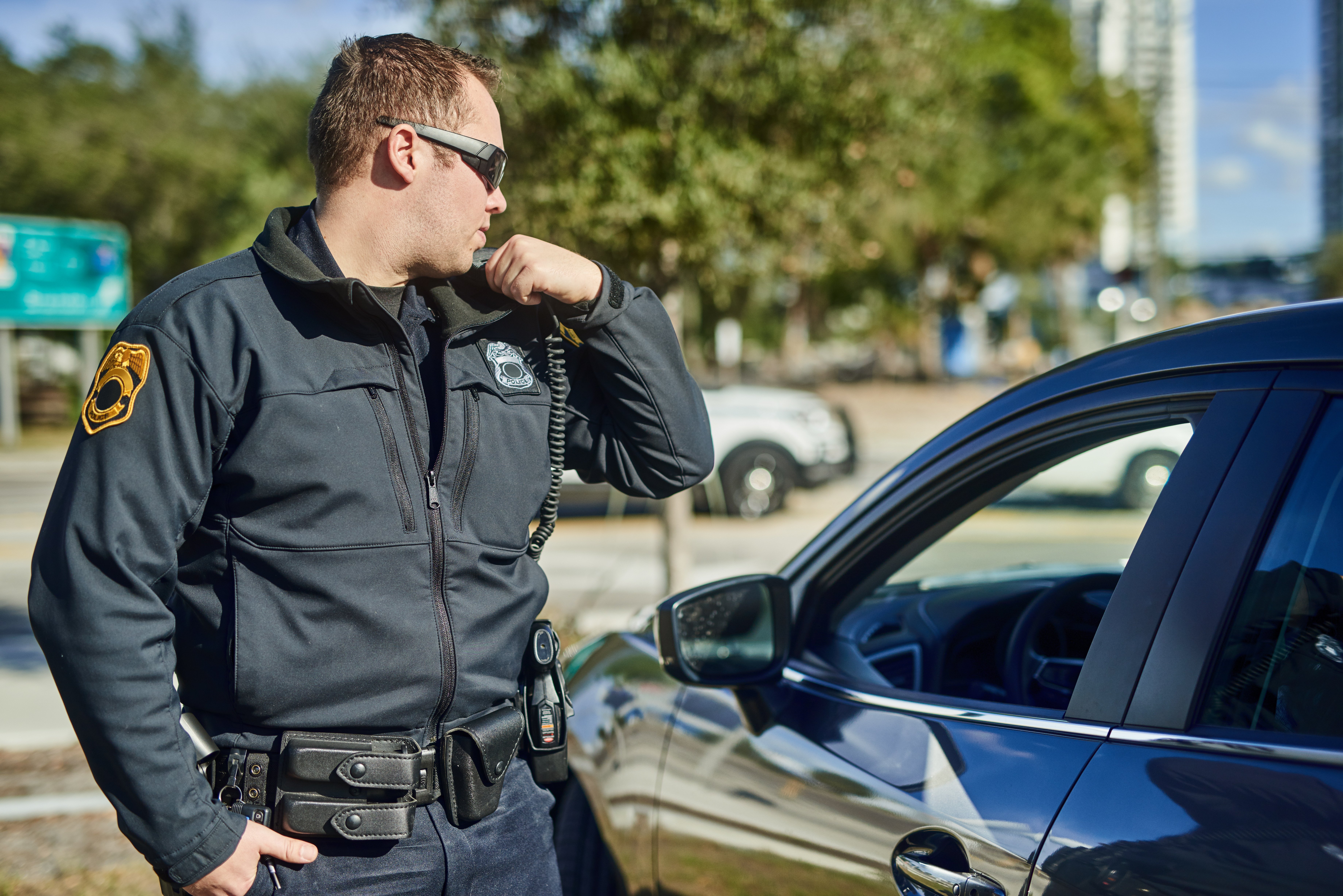As we know, misinformation related to an emergency evolves rapidly. Getting ahead of it can be difficult, if not impossible. Communication, getting the correct information to the right people, is essential to a successful operation. That said, communication is the number one component cited for improvement when completing the after-action reviews and reports. Why does this happen, and how? How can we get out in front quicker and control the narrative with accurate and timely information? Stick around—that is precisely what we are going to discuss.
Information is key during any emergency. However, as we know all too well, most of the information we receive is either misinformation or disinformation. What’s the difference? Misinformation is information that has been misinterpreted or made up to logically fill the information gaps experienced during an emergency. Disinformation, on the other hand, is false information deliberately spread to mislead or confuse others. While understanding both is important, their impacts are the same during an emergency. If you wish to take action after the emergency, deliberately spreading disinformation can be criminal, especially if someone is injured or killed as a result.
Like most aspects of emergency incidents, controlling information and ensuring the best information reaches your stakeholders requires planning and practicing crisis communication plans. These plans should include the workflow of information dissemination, roles and responsibilities, stakeholder identification, authorities (policies), redundant communication channels, accessibility capabilities, language translation, etc. The crisis communication plan should be incorporated into your school safety plan and practiced with every drill. Crisis communication aims to communicate with all stakeholders as effectively and efficiently as possible. This takes practice and should be exercised regularly.
Most of the misinformation we encounter during an emergency is generated by our students and families. However, we also see a significant amount of misinformation from our staff. So training our staff to communicate effectively during a crisis is paramount. This is done by understanding what they need and how they can help you communicate with them. Start communicating with those who can help you resolve your crisis and those most at risk. Once they are set, you can move your communication outward to the external stakeholders: the families and communities. With the number of devices available for communication, getting ahead of the misinformation curve can be challenging, to say the least. This is why it is crucial to communicate with your stakeholders long before an emergency. Providing your stakeholders with the information they need, how they will receive it, and the information cycle ahead of time can help reduce anxiety during an emergency. Here are a few things you can do to assist with reducing the flow of misinformation:
- Create a comprehensive communication plan.
- Exercise your communication plan during drills and tabletop exercises that specifically target communication with all of your stakeholders, internal and external.
- Create “one-pagers” that parents and families can share to explain how to get the best information during a crisis.
- Send an initial notification to all stakeholders indicating the type of incident, directing them to where they can get more information, and letting them know when to expect updates.
- When appropriate, provide specific instructions to your families: stay away from the school, reunification information, information cycle, etc.
- Create pre-approved “canned” alerts and notifications to assist with rapid communication.
Done correctly, crisis communication can reduce anxiety and alleviate confusion. If your stakeholders understand the information you're likely to send during a crisis and can ask clarifying questions beforehand, communication can be accomplished with minimal effort and maximum efficiency.






-1.png)





No Comments Yet
Let us know what you think